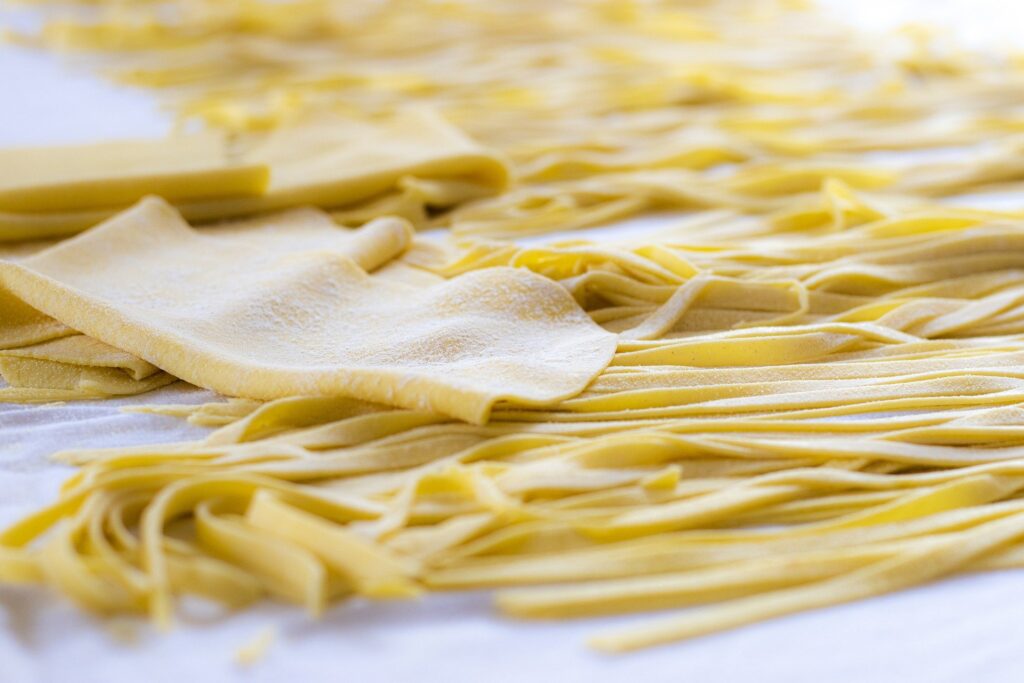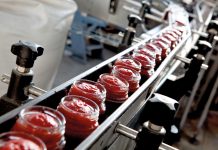 Rapid method for the quantification of common wheat contamination in pasta.
Rapid method for the quantification of common wheat contamination in pasta.
Pasta, the Italian food par excellence, is made of pure durum wheat. The use of Triticum durum, in fact, is mandatory, whereas the Triticum aestivum species is considered a contamination that must not exceed the maximum level of 3%. Over the last 50 years, various electrophoretic, chemical and immuno-chemical methods have been proposed aimed to track the possible presence of common wheat in semolina and pasta.
For this purpose, a new generation of methods, based on DNA analysis, has been developed. In this context, in a recent study carried out by a group of Italian researchers (Morcia et al, 2020), an assay involving the use of PCR (Polymerase Chain Reaction) was proposed to quantify the presence of soft wheat along the pasta production chain, from raw materials to final products.
This assay was therefore verified both on reference samples (at known level of common wheat contamination) and applied to commercial pastas sampled on the Italian market (20 different pasta samples of different brands). The results show that the Limit of Detection (LOD) and Limit of Quantification (LOQ) of the method are equal to common wheat contaminations of 0.3 and 1.5%, respectively.
Tests carried out on the reference samples show that this method is highly reliable since the correlation values found are are ≥ 0.99. Finally, it was observed that the concentration of common wheat in all commercial pastas analysed is below the 3% threshold. In conclusion, the proposed method can be usefully used for the detection of possible adulteration, for fraud purposes, along the pasta production chain.
 Extension of the shelf-life of fresh pasta using fermented chickpea flour
Extension of the shelf-life of fresh pasta using fermented chickpea flour
Fresh pasta is subject to rapid deterioration, mainly due to the metabolic activity of bacteria, yeasts and, especially, molds, which negatively affect the sensory properties and safety of the product. In a recent study, conducted by a group of Italian researchers (Schettino et al., 2020), samples ofchickpea flour were fermented with selected lactic ferments (LAB), characterized in terms of antifungal activity, and used to fortify fresh semolina pasta, with the aim of extending its shelf-life.
The product was characterized and subjected to a long period of storage after being artificially inoculated with Penicillium roqueforti. Conventional fresh semolina pasta, produced with or without calcium propionate addition, was used as a reference. The results indicate that the proteolysis operated form both endogenous proteases (activated by the bio-acidification) and the bacterial specific pool of peptidases led to the release of peptides with high anti-fungal potential, contributing to the extension of the fortified fresh pasta shelf-life compared to a pasta containing a chemical preservative (e.g. calcium propionate).
The authors finally point out that fortified pasta shows qualitative improvements, such as as the reduction of anti-nutritional factors, the reduction of the starch hydrolysis index and the increase of protein digestibility. In conclusion, the results obtained so far are very promising, although further investigations are needed to evaluate the possible effects on the sensory properties of the product.
References: Morcia et al., Foods, 9, 2020, 1-11, Schettino et al., Microorganisms, 8, 2020, 1-21



